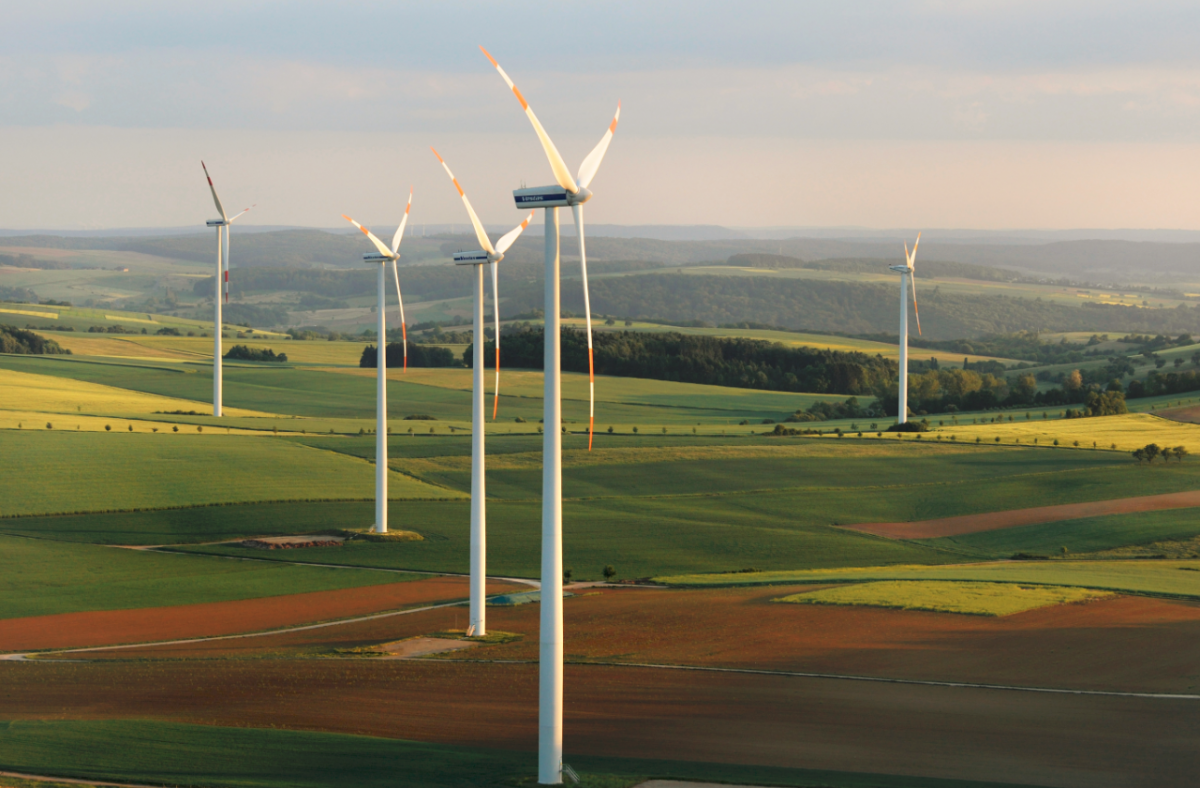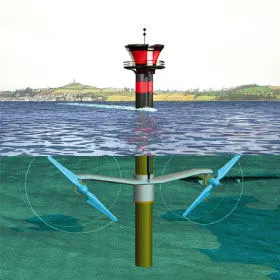
Innovating Breezes: Advancements in Wind Power Technologies
The winds of innovation are sweeping through the energy landscape, driving remarkable advancements in wind power technologies. This article navigates the dynamic realm of wind energy, exploring the transformative impact of technological innovations, the evolution of wind turbines, and the role of smart technologies in optimizing wind power efficiency.
Harnessing Nature’s Force
At the heart of wind power technologies is the ingenious concept of harnessing nature’s force to generate electricity. Wind turbines, standing tall and majestic, convert the kinetic energy from the wind into electrical power. As the winds of change blow across the energy sector, these turbines play a pivotal role in the transition towards cleaner and more sustainable power sources.
Evolution of Wind Turbines
The evolution of wind turbines has been a testament to human ingenuity. From the classic horizontal-axis turbines to the cutting-edge vertical-axis designs, the quest for increased efficiency and versatility has been relentless. Modern turbines are not just taller and more powerful; they are engineered to adapt to diverse landscapes, ensuring optimal energy capture in various environmental conditions.
Offshore Wind Farms: Harvesting Energy at Sea
The horizon of wind power extends far beyond the shores, with offshore wind farms emerging as a frontier of innovation. Placing wind turbines at sea offers numerous advantages, including stronger and more consistent winds. This evolution in wind power technologies unlocks the potential for larger, more efficient turbines, contributing to increased energy yields and pushing the boundaries of sustainable energy production.
Floating Wind Turbines: Defying Depths
In a groundbreaking leap, floating wind turbines defy traditional limitations by venturing into deeper waters. These innovative structures use buoyant platforms to remain stable, enabling the deployment of turbines in locations that were once inaccessible. Floating wind turbines represent a paradigm shift, expanding the scope of offshore wind farms and tapping into the vast energy resources of the open sea.
Smart Technologies: Enhancing Efficiency
The integration of smart technologies marks a new era in wind power efficiency. Advanced sensors, data analytics, and machine learning algorithms optimize the performance of wind turbines. Real-time monitoring enables predictive maintenance, ensuring that turbines operate at peak efficiency while minimizing downtime. The marriage of smart technologies with wind power is a game-changer in the pursuit of sustainable energy.
Energy Storage Solutions: Tackling Intermittency
Addressing the intermittent nature of wind, energy storage solutions have become integral to wind power technologies. Advanced batteries store excess energy during periods of high wind and release it during lulls, providing a consistent power supply to the grid. These storage solutions play a crucial role in enhancing the reliability and stability of wind power as a sustainable energy source.
Environmental Impact and Sustainability
Wind power technologies stand out for their minimal environmental impact compared to traditional energy sources. The shift towards renewable energy aligns with global efforts to combat climate change. The sustainability of wind power extends beyond electricity generation, encompassing the entire life cycle of turbines, from manufacturing to decommissioning.
Community Engagement and Social Benefits
Wind power projects often extend beyond their physical footprint, engaging local communities and providing social benefits. Community-owned wind farms, revenue-sharing models, and job creation contribute to the positive impact of wind power on local economies. The alignment of renewable energy projects with community interests is essential for fostering acceptance and cooperation.
Government Support and Policies
The widespread adoption of wind power technologies is significantly influenced by government support and policies. Incentives, subsidies, and favorable regulations create an environment conducive to investment in renewable energy. As nations strive to meet sustainability goals, government backing becomes a driving force propelling the growth of wind power on a global scale.
A Vision for a Sustainable Future
In conclusion, the winds of innovation in wind power technologies propel us toward a more sustainable and resilient future. From the evolution of turbines to the integration of smart technologies, each advancement contributes to the vision of harnessing nature’s forces responsibly. As wind power technologies continue to evolve, they play a central role in reshaping the energy landscape towards a cleaner and greener horizon.
For more insights on Wind Power Technologies, visit dataharza.my.id.

